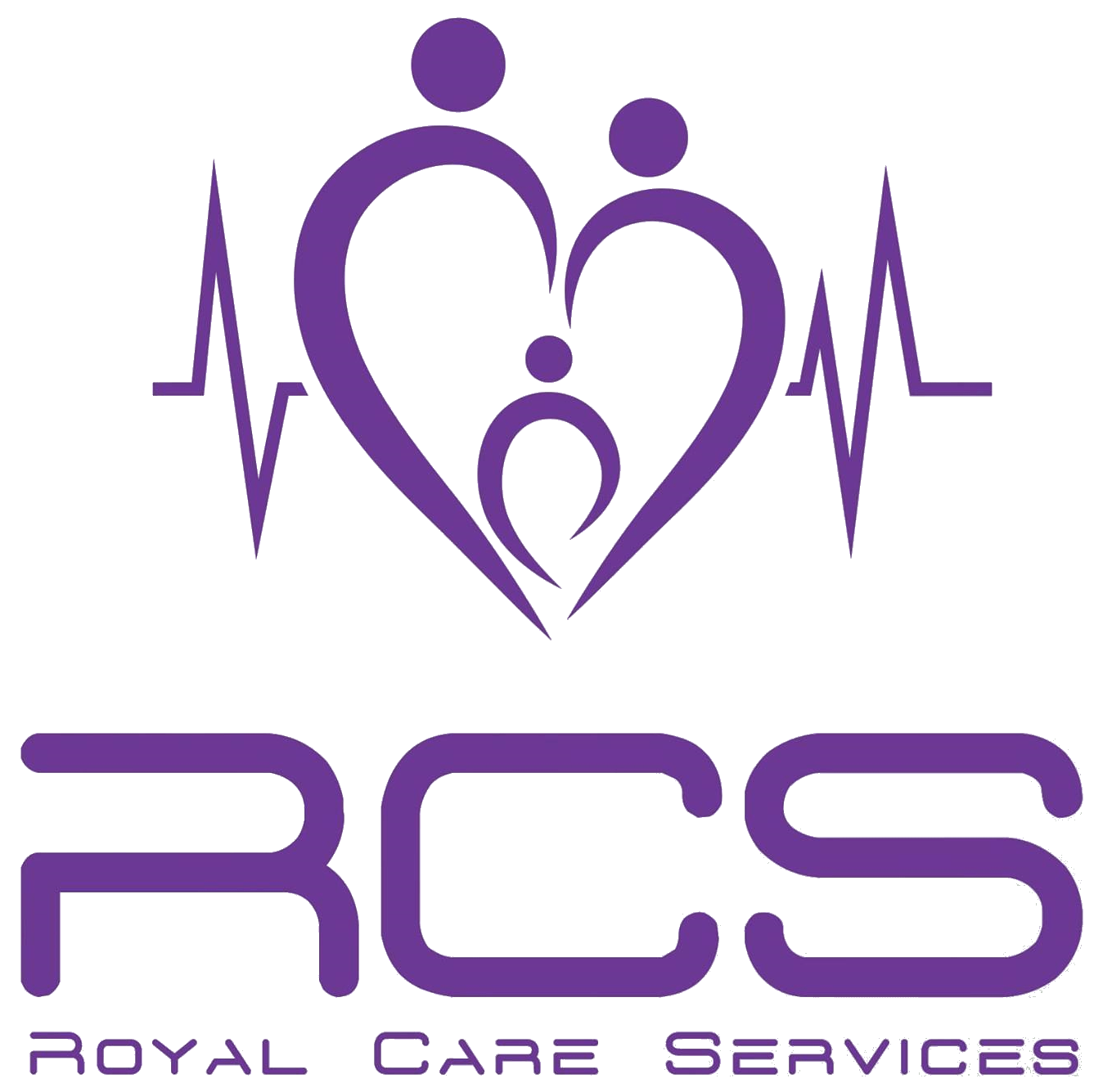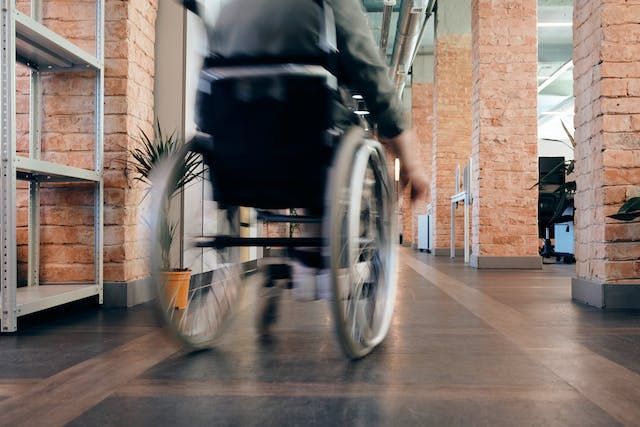How NDIS Assistive Technology can help improve your life?
How NDIS Assistive Technology can help improve your life?

Living with a disability can be challenging, but thanks to the National Disability Insurance Scheme (NDIS) and its Assistive Technology (AT) framework, individuals with disabilities now have access to resources and support that empower them to live more independent and fulfilling lives. NDIS Assistive Technology not only improves the quality of life for those with disabilities but also offers them greater opportunities for social and economic participation. In this article, we will explore the NDIS Assistive Technology framework, its benefits, low-cost solutions, and how it is transforming lives for the better.
The NDIS Assistive Technology framework is designed to provide individuals with disabilities access to a wide range of assistive technologies and equipment. These solutions can help them perform daily tasks, communicate with others, and participate in activities that would otherwise be difficult or impossible. By offering tailored support, the NDIS Assistive Technology framework ensures that each person with a disability receives the assistance they need to maximise their potential and live a fulfilling life.
In the following sections, we will delve deeper into the NDIS Assistive Technology framework and discuss its numerous benefits, the types of assistive equipment available, the role of assistance animals, and how you can access funding. We will also share success stories and introduce you to Royal Care Services, a leading NDIS Assistive Technology provider.
Understanding the NDIS Assistive Technology Framework
The NDIS Assistive Technology framework is based on the principle that everyone deserves the opportunity to achieve their goals and live a fulfilling life, regardless of their abilities. To achieve this, the NDIS Assistive Technology framework focuses on providing individuals with disabilities the support and tools they need to maximise their independence, enhance their quality of life, and participate fully in their communities.
One of the key components of the NDIS Assistive Technology framework is the provision of funding for the purchase of assistive technologies and equipment. This funding is tailored to each individual's needs and takes into account their specific goals and aspirations. The NDIS Assistive Technology framework also emphasises the importance of ongoing support and maintenance, ensuring that individuals can continue to benefit from their assistive technology solutions.
In order to ensure that the NDIS Assistive Technology framework is effective and efficient, the NDIS also works closely with various stakeholders, including technology providers, support networks, and the wider community. This collaborative approach ensures that the needs of individuals with disabilities are met and that the NDIS Assistive Technology framework continues to evolve and improve over time.
Benefits of NDIS Assistive Technology for Individuals with Disabilities
The benefits of NDIS Assistive Technology for individuals with disabilities are numerous and far-reaching. By providing access to a wide range of assistive technologies and equipment, the NDIS Assistive Technology framework empowers individuals with disabilities to:
Live more independently: Assistive technology enables individuals with disabilities to perform daily tasks and activities with greater ease, reducing their reliance on others and promoting a greater sense of independence.
Improve communication and social interaction: Communication aids and devices can help individuals with disabilities engage with others, fostering social connections and enhancing their overall quality of life.
Participate in education and employment: Assistive technology can provide individuals with disabilities the tools they need to succeed in educational and employment settings, promoting economic participation and personal fulfilment.
Enjoy leisure and recreational activities: From adapted sports equipment to accessible entertainment options, assistive technology can help individuals with disabilities participate in and enjoy a wide range of leisure activities.
Enhance safety and well-being: Assistive technology can also provide individuals with disabilities the means to ensure their safety and well-being, such as through the use of monitoring devices or accessible home modifications.
Low Cost Assistive Technology Solutions
While some assistive technologies can be expensive, there are also many low-cost solutions available that can greatly improve the lives of individuals with disabilities. Examples of low-cost assistive technology solutions include:
Smartphone apps: There are countless apps available that can help with daily tasks, organisation, and communication for individuals with disabilities. Many of these apps are free or available at a low cost.
Adaptive utensils and tools: From specialised grips for pens and pencils to ergonomically designed kitchen tools, there are a range of low-cost adaptive utensils available to make daily tasks easier.
Visual and auditory aids: Low-cost solutions such as magnifiers, large-print books, and personal amplifiers can greatly assist individuals with visual or hearing impairments.
Home modifications: Simple, low-cost home modifications like grab bars, non-slip mats, and door handle extenders can make a big difference in the safety and accessibility of a person's living environment.
Community resources: Many communities offer low-cost or free assistive technology resources, such as equipment lending programs or support groups, that can help individuals with disabilities access the tools they need.
Exploring Different Types of Assistive Equipment
There is a wide range of assistive equipment available to support individuals with disabilities, and the type of equipment needed will depend on the individual's specific needs and goals. Some examples of assistive equipment include:
Mobility aids: Wheelchairs, scooters, walkers, and canes can help individuals with mobility impairments move around more easily and independently.
Communication devices: Augmentative and alternative communication (AAC) devices, such as speech-generating devices and communication boards, can help individuals with communication impairments express themselves and interact with others.
Environmental control systems: These systems enable individuals with disabilities to control various aspects of their home environment, such as lighting, temperature, and appliances, through the use of switches, voice commands, or other adaptive controls.
Sensory aids: Assistive devices for individuals with sensory impairments, such as hearing aids, screen readers, and tactile maps, can help them navigate their environment and access information more easily.
Cognitive aids: Tools like electronic organisers, reminder systems, and memory aids can assist individuals with cognitive impairments in managing daily tasks and routines.
Assistance Animals and Their Role in NDIS Assistive Technology
In addition to assistive equipment, assistance animals also play a crucial role in the NDIS Assistive Technology framework. These specially trained animals, such as guide dogs, hearing dogs, and mobility assistance dogs, provide invaluable support and assistance to individuals with disabilities.
Assistance animals can help with tasks like navigating unfamiliar environments, alerting their handler to important sounds, and providing physical support and stability. They can also offer emotional support and companionship, helping to reduce stress, anxiety, and isolation for individuals with disabilities.
The NDIS recognises the important role that assistance animals play in the lives of individuals with disabilities and provides funding to support the acquisition, training, and ongoing care of these animals as part of the Assistive Technology framework.
How to Access NDIS Assistive Technology Funding
To access NDIS Assistive Technology funding, individuals with disabilities must first become a participant in the NDIS. This involves completing an access request and providing evidence of their disability, such as medical reports, assessments, or other documentation. If deemed eligible for the NDIS, the individual will then work with a local area coordinator, support coordinator, or planner to create a personalised NDIS plan that outlines their goals, support needs, and funding allocations.
Assistive technology funding is allocated based on the individual's specific needs and goals, as identified in their NDIS plan. This funding can be used to purchase approved assistive technology items, whether it be equipment, modifications, or services. To ensure that the assistive technology is suitable and meets the individual's needs, an assessment may be required by an occupational therapist or other qualified professional.
Once the assistive technology has been approved and funding allocated, individuals can then proceed with purchasing their assistive technology through registered NDIS providers, such as Royal Care Services.
Why Royal Care Services is the Right NDIS Assistive Technology Provider
Choosing the right NDIS Assistive Technology provider is essential for ensuring that individuals with disabilities receive the best possible support and solutions to meet their needs. Royal Care Services is a leading NDIS Assistive Technology provider, offering a comprehensive range of assistive technology services and products to empower individuals with disabilities to achieve their goals and enhance their quality of life.
At Royal Care Services, we understand that each person's needs and goals are unique, which is why we take a personalised approach to assistive technology provision. Our team of experienced professionals work closely with individuals, their families, and other support networks to identify the most appropriate and effective assistive technology solutions. We also provide ongoing support and maintenance services to ensure that our clients can continue to benefit from their assistive technology solutions over time.
Frequently Asked Questions about Assistive Technology
What is assistive technology?
Assistive technology (AT) refers to any device, software, or equipment that helps individuals with disabilities or special needs perform tasks more easily, efficiently, and independently. It encompasses a wide range of tools designed to support and enhance communication, mobility, learning, and daily living.
What are some examples of assistive technology devices?
Examples of assistive technology devices include hearing aids, screen readers, voice recognition software, text-to-speech software, adapted keyboards, wheelchair ramps, and Braille displays.
How can assistive technology benefit individuals with disabilities?
AT can help individuals with disabilities overcome or compensate for specific challenges, improve their quality of life, and promote greater independence. It can also support social integration, academic success, and workplace productivity.
How do I determine the appropriate assistive technology for my needs?
To determine the most suitable AT for your needs, you should consult with professionals like occupational therapists, speech-language pathologists, or rehabilitation engineers. They can assess your specific requirements and recommend appropriate tools and resources based on your individual needs and goals.
Are assistive technology devices covered by insurance or government programs?
Many insurance plans and government programs, such as Medicaid or vocational rehabilitation services, offer coverage for certain types of assistive technology. It's essential to research your specific insurance policy or government program to understand the available coverage and any applicable limitations.
How do I access training and support for using assistive technology?
Many AT providers offer training and support services, either in-person or online. Additionally, local disability organisations, schools, and rehabilitation centers may provide resources and support for using assistive technology effectively.
Can assistive technology be used in the workplace?
Yes, assistive technology can be used in the workplace to support employees with disabilities. Employers are often required by law to provide reasonable accommodations, which may include AT, to ensure equal access and opportunities for employees with disabilities.
How do I stay updated on the latest advancements in assistive technology?
To stay informed about the latest developments in AT, consider following industry blogs, subscribing to newsletters, or joining online forums and social media groups related to assistive technology. Additionally, attending conferences and workshops can provide valuable insights into emerging trends and innovations.
Are there any financial assistance programs for obtaining assistive technology?
Several non-profit organisations, foundations, and government agencies provide financial assistance or grants to help individuals with disabilities acquire necessary AT devices. Eligibility criteria and application processes vary, so it's essential to research and identify the most suitable programs for your needs.
How can I ensure my assistive technology remains functional and up-to-date?
Regular maintenance and updates are crucial to keep your AT devices functioning optimally. Consult with your device's manufacturer or service provider for guidance on proper care and maintenance, as well as any available software updates or upgrades.
The Future of NDIS Assistive Technology
The future of NDIS Assistive Technology is bright, with ongoing advancements in technology and a growing understanding of the needs of individuals with disabilities paving the way for even more effective and innovative solutions. As the NDIS Assistive Technology framework continues to evolve and improve, so too will the opportunities for individuals with disabilities to live more independent, fulfilling lives.
With providers like Royal Care Services leading the way, the potential for NDIS Assistive Technology to transform lives is immense, and we look forward to witnessing the ongoing positive impact of these technologies on the lives of individuals with disabilities and their communities.
Ready to Embrace Assistive Technology? Connect with Royal Care Services Today
If you or a loved one could benefit from NDIS Assistive Technology, don't hesitate to reach out to Royal Care Services. Our expert team is here to help you navigate the
NDIS Assistive Technology process and ensure you receive the support and solutions you need to live a more independent and fulfilling life.
Contact us today to learn more about our services and discover how we can help you achieve your goals.
Contact Info
All Rights Reserved | Royal Care Services












